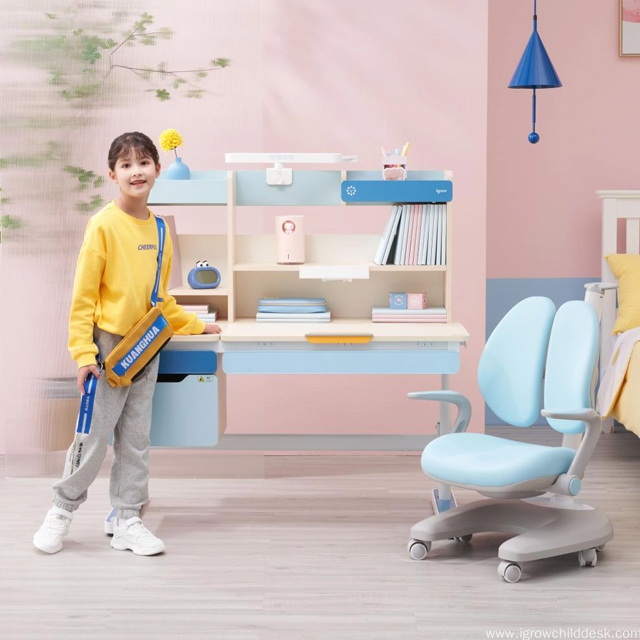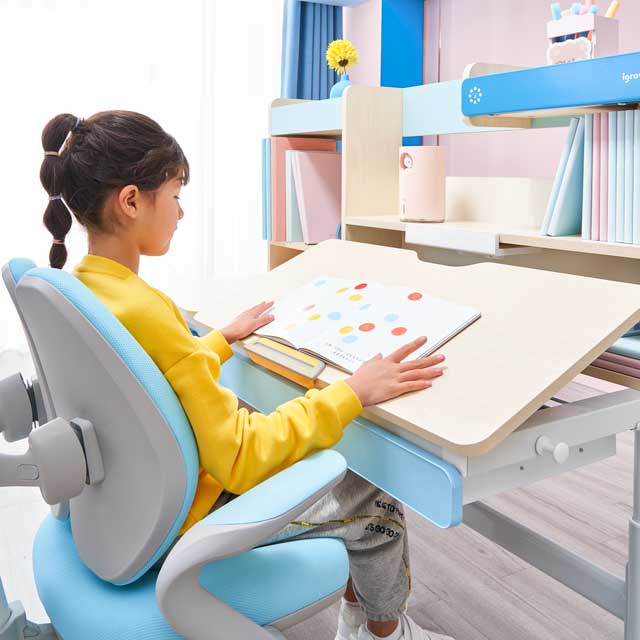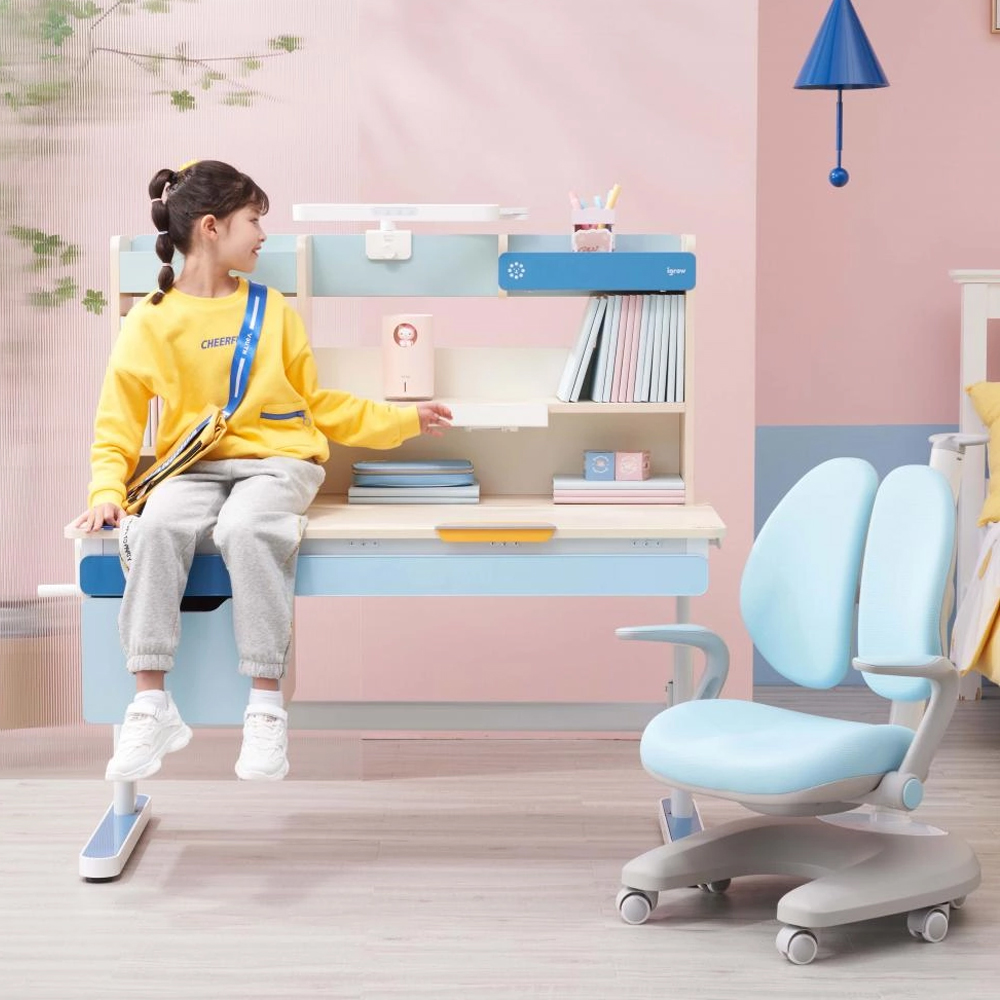**Human Znt8A ELISA Kit – For the Quantitative In Vitro Determination of Human Zinc Transporter 8 Autoantibodies in Serum, Plasma, Cerebrospinal Fluid, Tissue Homogenate, and Other Body Fluids**
*For Laboratory Research Use Only. Not for Diagnostic or Therapeutic Procedures.*
Before using this product, please read the entire package insert carefully. This ELISA (Enzyme-Linked Immunosorbent Assay) is designed for research purposes only and is not intended for clinical diagnosis or treatment.
The Znt8A ELISA Kit allows for the quantitative measurement of Human Zinc Transporter 8 Autoantibodies in various biological samples. The assay is based on a competitive binding principle. A set of calibration standards is included to generate a standard curve, which is used to determine the concentration of Znt8A in unknown samples by comparing their optical density (OD) values at 450 nm.
**Intended Use:**
This kit is specifically designed for the in vitro quantitative determination of Human Znt8A autoantibodies in serum, plasma, cerebrospinal fluid, tissue homogenate, and other body fluids. It is strictly for laboratory research use and should not be used in diagnostic procedures.
**Principle of the Test:**
The Znt8A ELISA Kit utilizes a sandwich immunoassay format. The microtiter plate is pre-coated with anti-Znt8A antibodies. After incubation with the sample, the HRP-conjugated secondary antibody binds to the captured Znt8A. The addition of the chromogen solution produces a color change, which is measured spectrophotometrically at 450 nm. The intensity of the color is inversely proportional to the concentration of Znt8A in the sample.
**Sample Collection and Storage:**
- **Serum:** Use a serum separator tube. Allow samples to clot for 2 hours at room temperature or overnight at 4°C before centrifugation at 2000×g for 20 minutes. Remove serum and assay immediately or store at -20°C. Avoid repeated freeze-thaw cycles.
- **Plasma:** Collect using heparin as an anticoagulant. Centrifuge within 30 minutes at 2000×g (2–8°C). Store at -20°C. Avoid repeated freeze-thaw cycles.
- **Cell culture supernatants, tissue homogenates, and other biological fluids:** Centrifuge to remove particulates. Assay immediately or store at -20°C. Avoid repeated freeze-thaw cycles.
*Note: Ensure proper centrifugation and avoid hemolysis or particulate matter in the samples.*
**Materials Required but Not Supplied:**
1. Incubator at 37°C
2. Microplate reader capable of measuring absorbance at 450 nm
3. Precision pipettes, disposable tips, and absorbent paper
4. Distilled or deionized water
**Reagents Provided (Stored at 2–8°C):**
- Microtiter Strip Plate (12×8 strips / 12×4 strips)
- Standard (6 vials, 0.5 ml/vial)
- Sample Diluent (6.0 ml / 3.0 ml)
- HRP-Conjugate Reagent (10.0 ml / 5.0 ml)
- 20X Wash Solution (25 ml / 15 ml)
- Chromogen Solution A (6.0 ml / 3.0 ml)
- Chromogen Solution B (6.0 ml / 3.0 ml)
- Stop Solution (6.0 ml / 3.0 ml)
- Closure Plate Membrane (2 units)
- User Manual (1 copy)
- Sealed Bags (1 unit)
**Standard Concentrations:** 200, 100, 50, 25, 12.5, 6.25 pg/mL
*If sample values exceed the highest standard, dilute with Sample Diluent and repeat the assay.*
**Precautions:**
1. Do not mix reagents from different kit lots.
2. Allow all reagents to reach room temperature (20–25°C) before use.
3. Do not use beyond the expiration date.
4. Use only deionized or distilled water for dilution.
5. Keep unused strip wells in sealed bags with desiccant.
6. Use fresh pipette tips for each transfer to prevent cross-contamination.
7. Handle all blood-derived samples as potentially infectious. Wear gloves during the procedure.
8. Dispose of waste properly after inactivation for at least 30 minutes.
9. Avoid contamination of Substrate Solutions. Do not use if discolored.
10. Substrate B contains 20% acetone; keep away from heat and flame.
**Reagent Preparation:**
- **Wash Solution (1X):** Dilute 1 volume of 20X Wash Solution with 19 volumes of deionized or distilled water. Store at 2–8°C for up to one month.
**Assay Procedure:**
1. Prepare all reagents before starting. Add standards and samples in duplicate.
2. Add 50 µL of standard or sample to each well (blank well receives nothing).
3. Add 100 µL of HRP-Conjugate Reagent to all wells except blank. Cover and incubate for 60 minutes at 37°C.
4. Wash the plate 4 times manually or using automated washing system.
5. Add 50 µL of Chromogen A and 50 µL of Chromogen B. Incubate for 15 minutes at 37°C, protected from light.
6. Add 50 µL of Stop Solution. The color changes from blue to yellow. Gently mix if uneven.
7. Measure OD at 450 nm. Generate a standard curve by plotting average OD vs. concentration.
**Data Interpretation:**
- Calculate mean OD for each standard and sample. Subtract blank OD from all readings.
- Plot standard curve and determine sample concentrations.
- Intra-assay and inter-assay CV <15%.
- Assay range: 6.25–200 pg/mL.
- Sensitivity: <1.0 pg/mL. No cross-reactivity observed.
**Storage:**
- 2–8°C for frequent use; -20°C for long-term storage (up to 6 months).
**Note:** Always follow good laboratory practices and handle all materials with care. This product is not intended for human consumption or medical use.
Ergonomic Reading Table And Chair
Children`s study table and chair set is furniture for children aged 3-18 to learn to write homework. The table has a large storage space. The table board is made of solid wood core material. The table board can be adjusted, and the table legs can be raised and lowered to meet various requirements. Children of height can write homework and draw pictures; the Study Chair is an ergonomic chair that can be adjusted to protect the child's spine. The cushion is latex, which is very comfortable and will not be tired, so that children can study healthy and happy.



Partex Study Desk For Home,Ergonomic Computer Chairs,Custom Kids Study Chairs,Ergonomic Reading Table Chair
Igrow Technology Co.,LTD , https://www.igrowdesks.com


